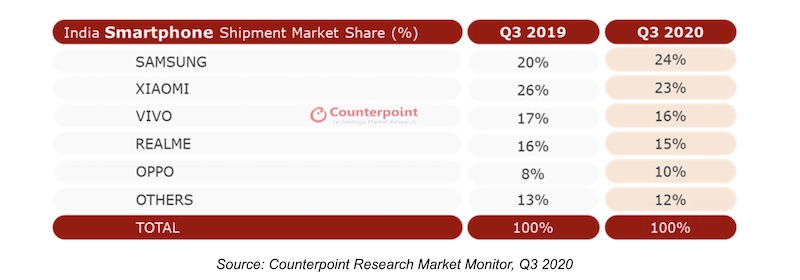News: Current and upcoming trends in Latin America’s mobile growth
Mobile companies that seize on the progress already taking place and learn from or integrate trends like digital wallets, QR codes, on-demand delivery and 5G will be poised for the biggest success in LATAM — and quite possibly, on a global stage.
Contributor
Latin America (LATAM) is home to one of the fastest-growing mobile markets in the world. In 2018, there were 326 million mobile internet users in the region, and that figure is anticipated to increase to over 422 million users by 2025. Part of the reason for such exponential growth is that mobile is the main tool for internet access in Latin America, providing a portable way for people living in rural areas to get online. The social media boom and rise in messaging platforms in recent years have also spurred demand for optimized mobile services.
As mobile penetration continues in LATAM, it is facilitating innovative apps that promote opportunities for social mobility, financial control, access to overseas markets and societal development. And while a difference in maturity levels and local regulations dictates the mobile landscape for individual countries, there are visible trends throughout the region.
These trends are both reactions to LATAM’s unique mobile conditions and broader international influences, so can be telling of future mobile user expectations and behaviors. By recognizing and assimilating these trends, new mobile apps and services can disrupt the market in a more meaningful way.
Here are the current and upcoming trends of mobile growth across Latin America:
Digital wallets
Approximately 70% of Latin America’s population is unbanked or underbanked, meaning there is a huge opportunity to improve financial access. One emerging solution is digital wallets, which work via top-ups and don’t require a bank account with a physical company or branch to set up. Digital wallets, therefore, bypass the mistrust that many Latin Americans have around official banking institutions.
COVID-19 has certainly contributed to the heightened demand for mobile wallets in LATAM. As a predominantly cash-driven location, concerns about handling paper money have been confirmed as new studies reveal that the virus can survive on physical currency for 28 days. In turn, masses of citizens and consumers have begun looking for safer alternatives to cash. In Mexico, digital wallets are thought to occupy a 27.7% share of the business-to-consumer e-commerce payments market by 2021, while Argentina has also been showing high in-store use of digital wallets during the pandemic.
Over in Venezuela, AirTM’s digital wallet has been processing funds promised by interim President Guaidó to essential workers. The company has been instrumental in delivering the money to healthcare staff after the Maduro regime blocked the provider operating in the country. Beyond financial aid, digital wallets in Venezuela and other countries with high inflation rates mean locals don’t have to carry large amounts of bills and coins with them.





